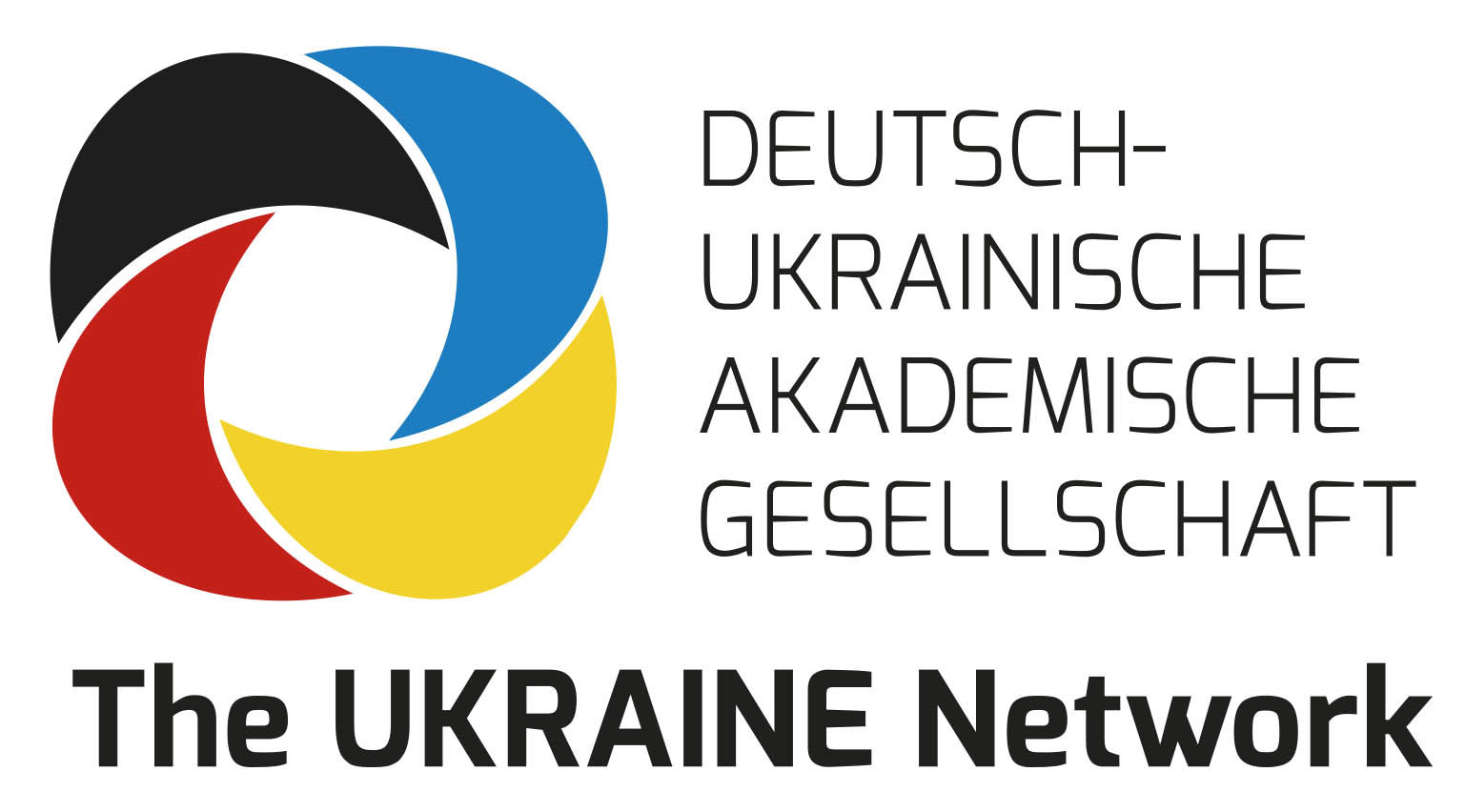by Anna Grebinyk, PhD student at TH Wildau, Germany
On the May 17th, 2018 the Taras Shevchenko National University of Kyiv welcomed open lectures given by Prof. Paras N. Prasad, the Executive Director of the Institute for Lasers, Photonics and Biophotonics (University at Buffalo, the USA) and Prof. Junle Qu, the President of the College of Optoelectronic Engineering (Shenzhen University, China).
This event was jointly organized by Prof. Valeriy Yashchuk and Prof. Mykola Makarets and was hosted by the Faculty of Physics of the Taras Shevchenko National University of Kyiv. More than forty students and scientists attended the lectures, with the opening welcome speech delivered by Prof. Dr. Mykola Makarets.
The first lecture under the title “Research Frontiers at the University at Buffalo’s Institute for Lasers, Photonics and Biophotonics” was given by Prof. Paras N. Prasad. He currently holds a unique multidisciplinary position of Distinguished Professor of Chemistry, Physics, Medicine and Electrical Engineering at the University at Buffalo, the highest rank in the New York State University system. His pioneering interdisciplinary chemical research at the interface of photonics, nanotechnology and biomedicine have broadly influenced health care, energy and optical technologies. Prof. Prasad has authored more than 800 scientific papers and numerous patents, and co-edited eight books. He is also included on the Thompson Reuters list of the “Highly Cited Researchers” (h-index 116 by Google Scholar). In 2005, Scientific American named Prof. Prasad among the top 50 science and technology leaders in the world.
Prof. Prasad opened his lecture with the words of encouragement addressed at young scientists to dare to dream big and to constantly force themselves to think outside the box. He then presented recent advances and discussed current developments in Photonics and Biophotonics achieved under his supervision at the Buffalo’s Institute for Lasers, Photonics and Biophotonics. At the Institute is realized a quite unique approach, bringing together expertise from different fields, – Chemistry, Physics and Biology, including Animal Studies. Such multidisciplinary approach allows him and his team to develop entirely new concepts and pursue different lines of research. Prof. Prasad discussed a range of topics, including chiral photonics, multimodal nonlinear imaging, nonlinear phototherapy, multiphoton processes, metaphotonics, biophotonics and nanophotonics. He also presented a field-defining monographs “Introduction to Nonlinear Optical Effects in Molecules and Polymers” (co-authored with Prof. Williams), “Nanophotonics”, “Introduction to Nanomedicine and Nanobioengineering ” as well as “Introduction to Biophotonics”, the first monograph in the field. These monographs are being used for the teaching purposes worldwide.
In the discussion that followed a concept of “nanoclinic” – target-specific optical diagnostic and therapy, – was overviewed. Specifically, it involves the following: the surface of a silica bubble is functionalized with targeting groups to carry the nanoclinic to a specific site, where the probes and the drug delivery system can be externally activated. Such nanoparticle technology is capable of conducting cellular, tissue-level and whole-body imaging, simultaneously delivering drugs inside the body. The unique concept has been licensed by Nanobiotix, a spin-off from the University at Buffalo (Paris, France) and is in the process of starting clinical trials, thus bringing the results of these research closer to the clinic.
The second international guest was Prof. Junle Qu, the Director of the Key Laboratory of Optoelectronic Devices and Systems of the Ministry of Education. He has published over 200 papers in peer-reviewed journals, including Nature Photonics, PNAS, Advanced Materials, Chemical Society reviews, Optical Letters, etc. and holds 40 patents. Prof. Qu is a fellow of SPIE, the Director of the Chinese Optical Society Biomedical Photonics Committee and serves on the editorial board of several peer-reviewed journals.
Prof. Qu first introduced the Shenzhen University. This university was founded in 1983 and it become a multi-discipline, well-equipped and influential higher education institution of high repute. It is also considered the 5th most beautiful university in China. The Shenzhen University strongly advocates international academic and scientific exchange and cooperation. Prof. Qu used the opportunity to advertise open postdoc positions at the College of Optoelectronic Engineering for research in biophotonics, nanophotonics and optical imaging. Then Prof. Qu delivered his lecture “Micro/Nanoscale Optical Imaging for Biomedicine” and presented the latest research performed at the College of Optoelectronic Engineering of the Shenzhen University. It covered recent developments in fluorescence lifetime imaging, nonlinear multimodal optical imaging and superresolution optical imaging. Prof. Qu closed the lecture with the most recent STORM superresolution imaging of dynamic changes of live cell’s mitochondrial membrane. It was impressive to see such a superresolution video of a single live mitochondria!
The lectures were accompanied by a scientific seminar, organized at the Department of Experimental Physics. I would like to mention a few examples of the presented research, carried at the Department:
- Prof. Oleg Yeshchenko presented his recent researches dedicated to the optical properties of plasmonic nanocavities of “monolayer of metal nanoparticles – dielectric (semiconductor) film – metal film” and the plasmonic sensing of phase transformations in “PNIPAM polymer – Au nanoparticles” hybrid macromolecules;
- Prof. Igor Dmitruk introduced the mass spectrometry of nanoparticles, that revealed shell magic clusters during ZnO nanocrystal formation as well as ultra-stability of CdSe nanoparticles;
- Dr. Nataliia Bashmakova and me presented our recent study dedicated to a new triple system of DNA-Nanosilver-Berberine devloped for cancer therapy (published in Applied Nanoscience in March 2018).
The sunny day of the 17th of May in Kyiv turned out to be an exciting journey through the modern biophotonics science, boosting my and other young scientists’ spirits and inspiring us with the power to change the world!
